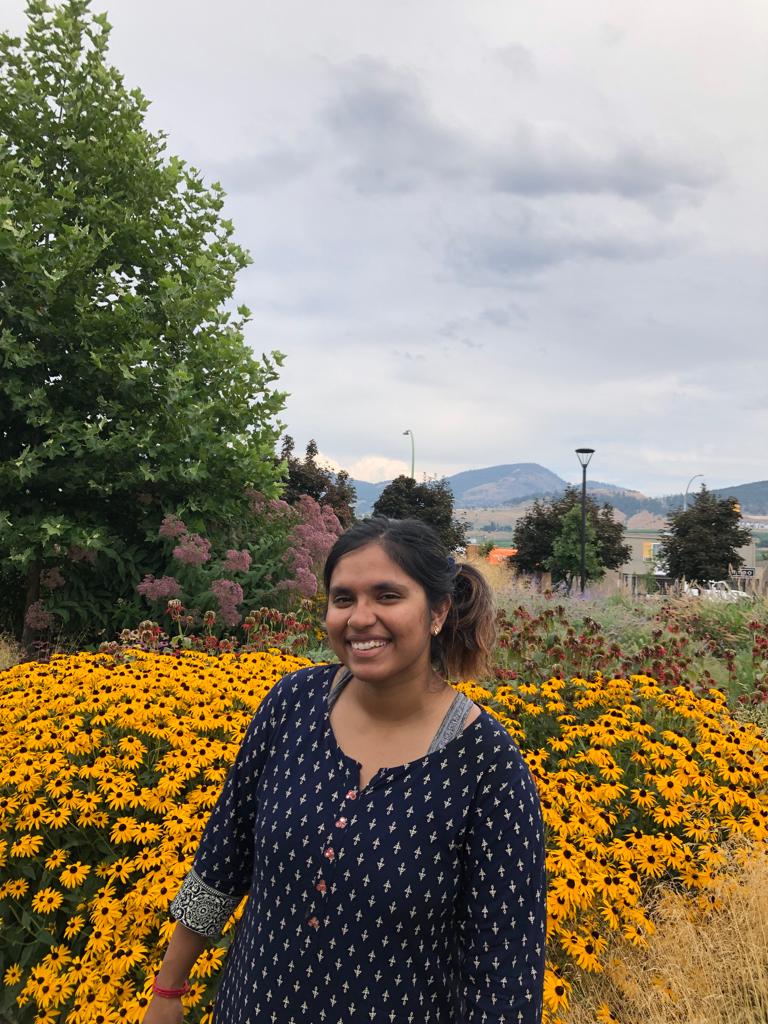Challenging the Dominant Monolithic Understanding of Hijra Communities in India and Bangladesh
Keywords:
Hijra identities, erotics, religiosity, kinship, communitiesAbstract
Hijra communities and identities in India and Bangladesh have been impacted by not only colonial violence, but also the rise in nationalism, cast-based violence, increase in religious tensions, and the emergence of western trans-feminist and sex-work activism and scholarship. Considered to be one of the “oldest groups of transgender people” (Guardian, 2015) in South Asia, Hijra communities and movements have reconstructed their identities after the importation of the colonial gender binary. As noted by scholars, the British “observations of groups that they called “eunuchs”” (Dutta, 2012, p.828) emerged around the eighteenth century, as evidenced by their “correspondence” with the “British East India Company” (Dutta, 2012, p.828). The representation of Hijras as “sexually abnormal or anomalous” (Kunihiro, 2022, p.3) furthered the construction of Indians as savage beings which prompted the imposition of the colonial gender binary (Kunihiro, 2022, p.14). This paper aims to explore the construction of hijra identities in India and Bangladesh in order to challenge the dominant monolithic understanding of these communities within the realm of trans-feminisms and politics.

Downloads
Published
Issue
Section
License
Copyright (c) 2023 Atmaza Chattopadhyay

This work is licensed under a Creative Commons Attribution-NonCommercial-NoDerivatives 4.0 International License.

